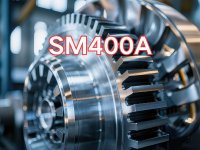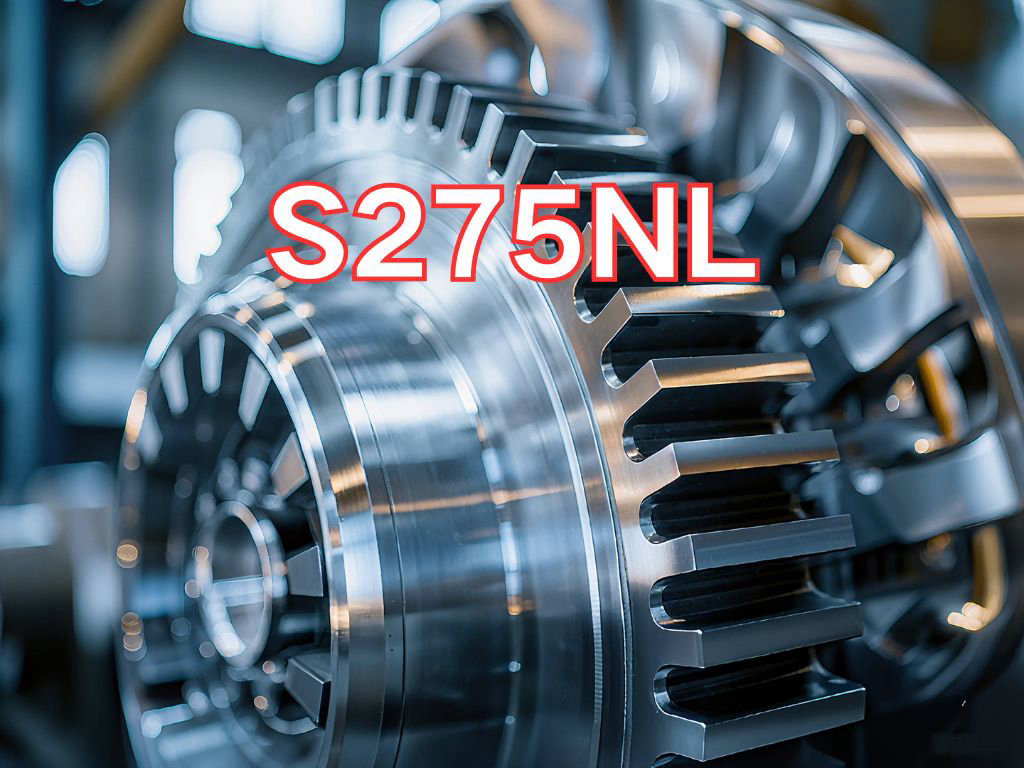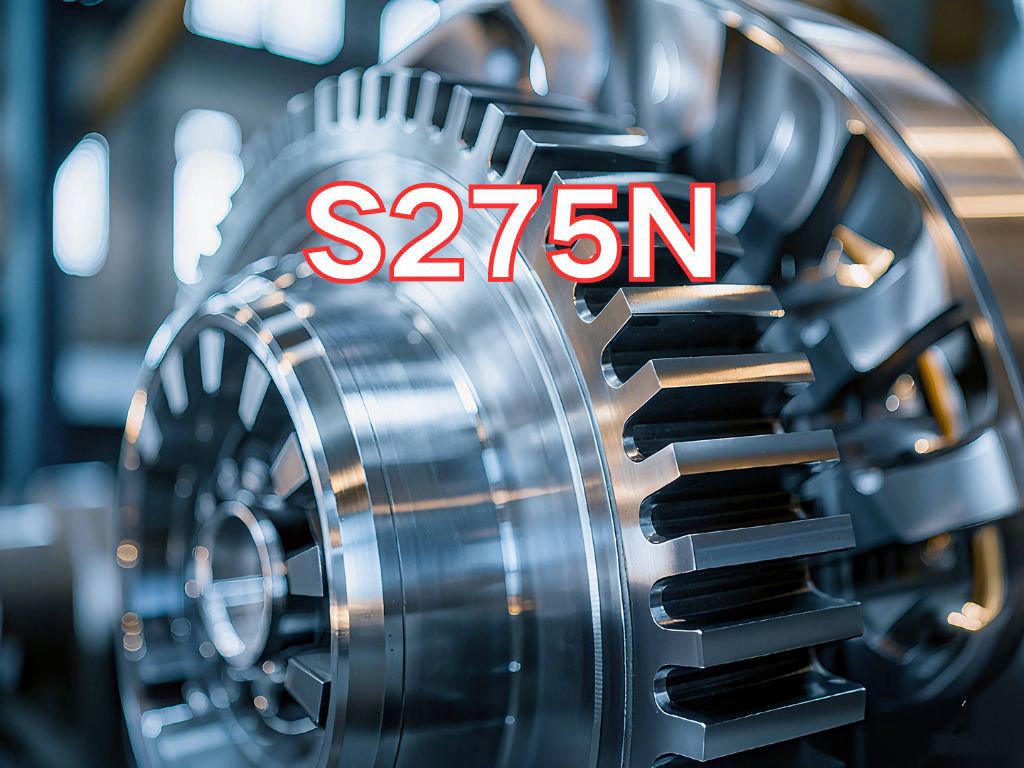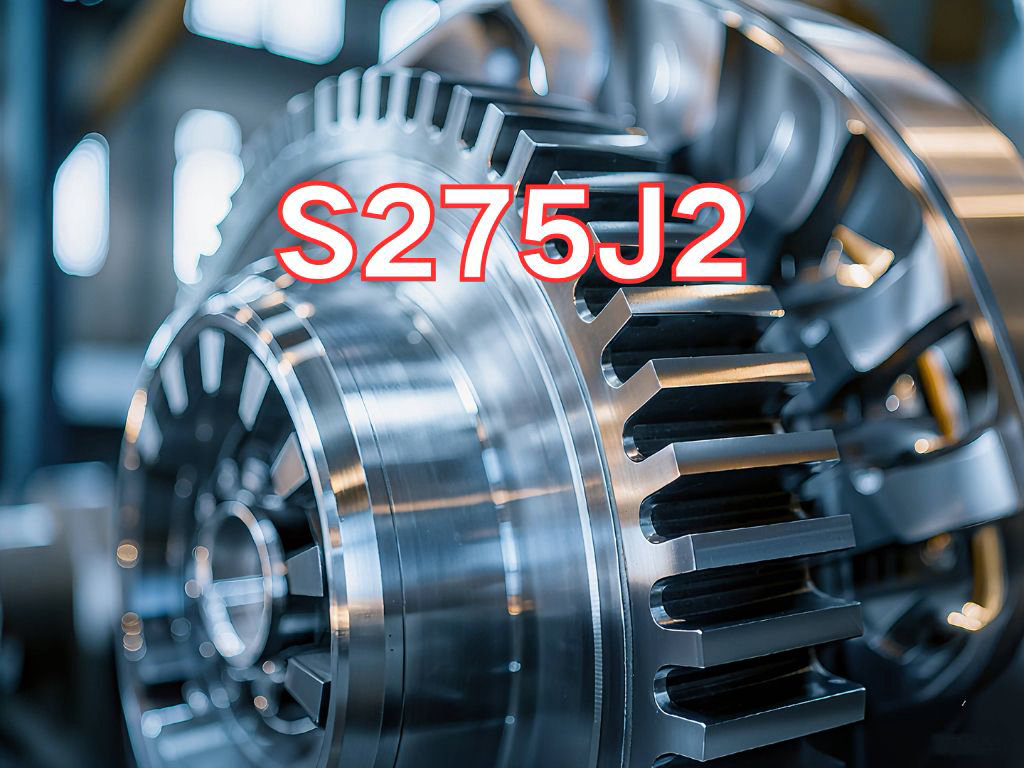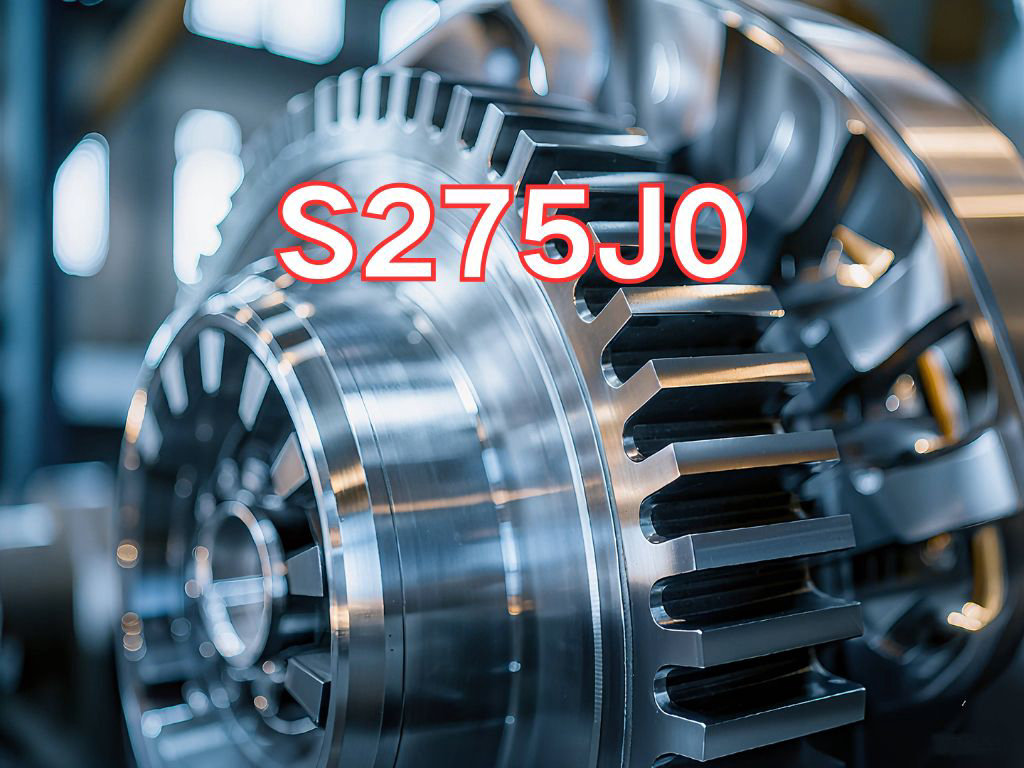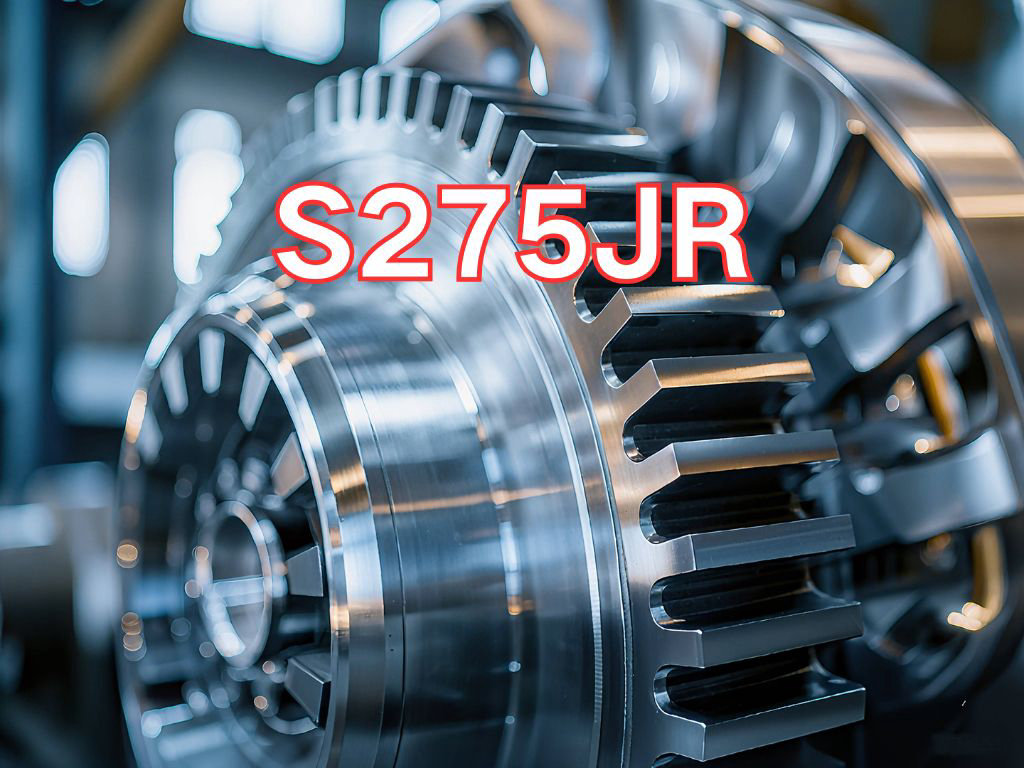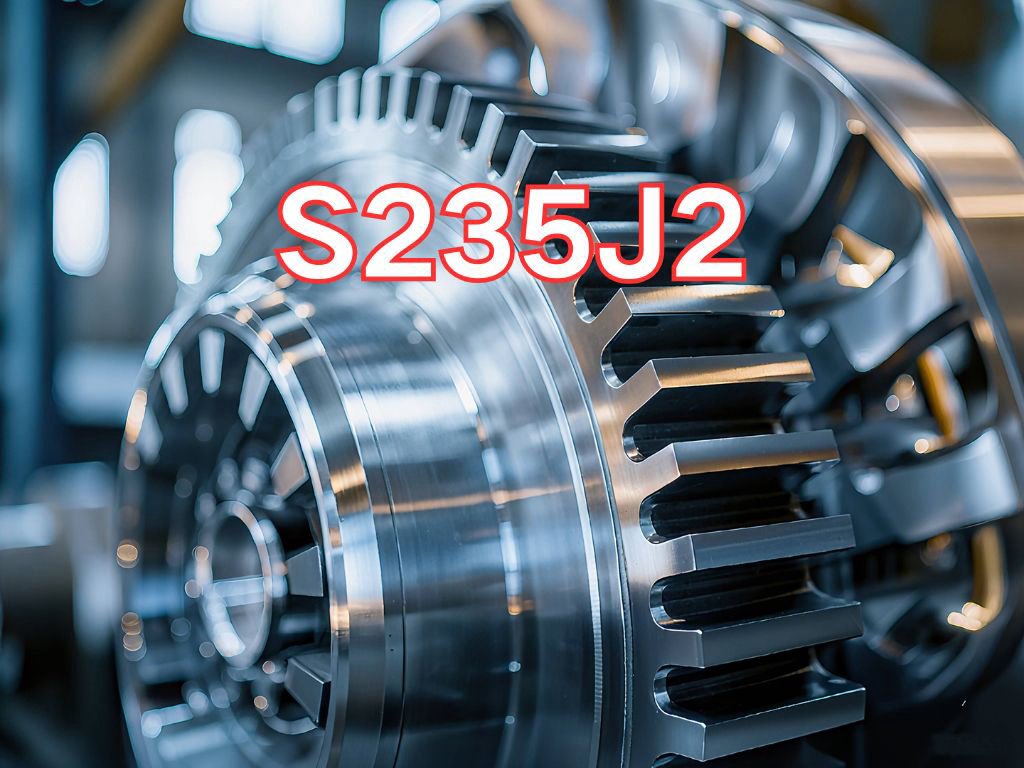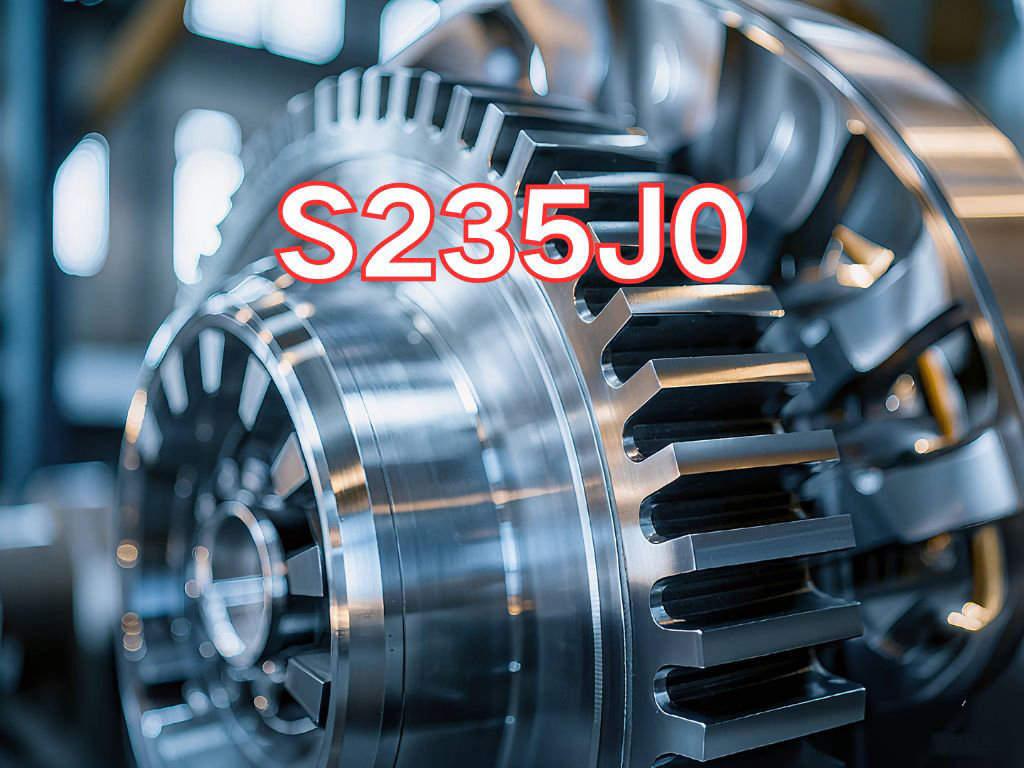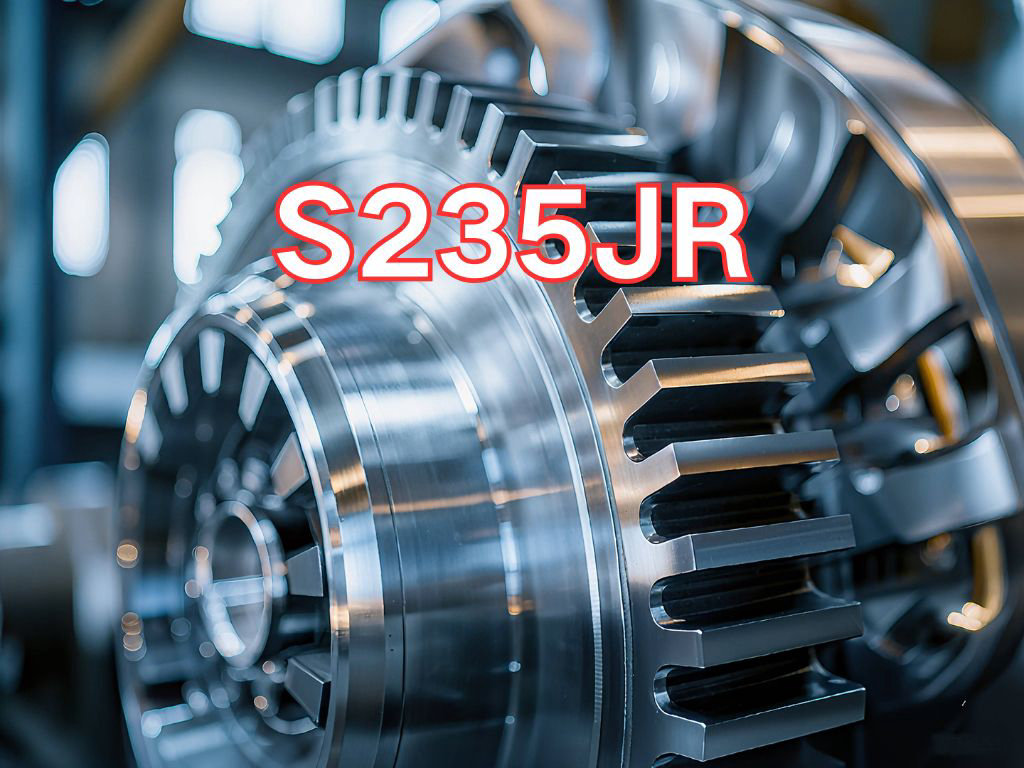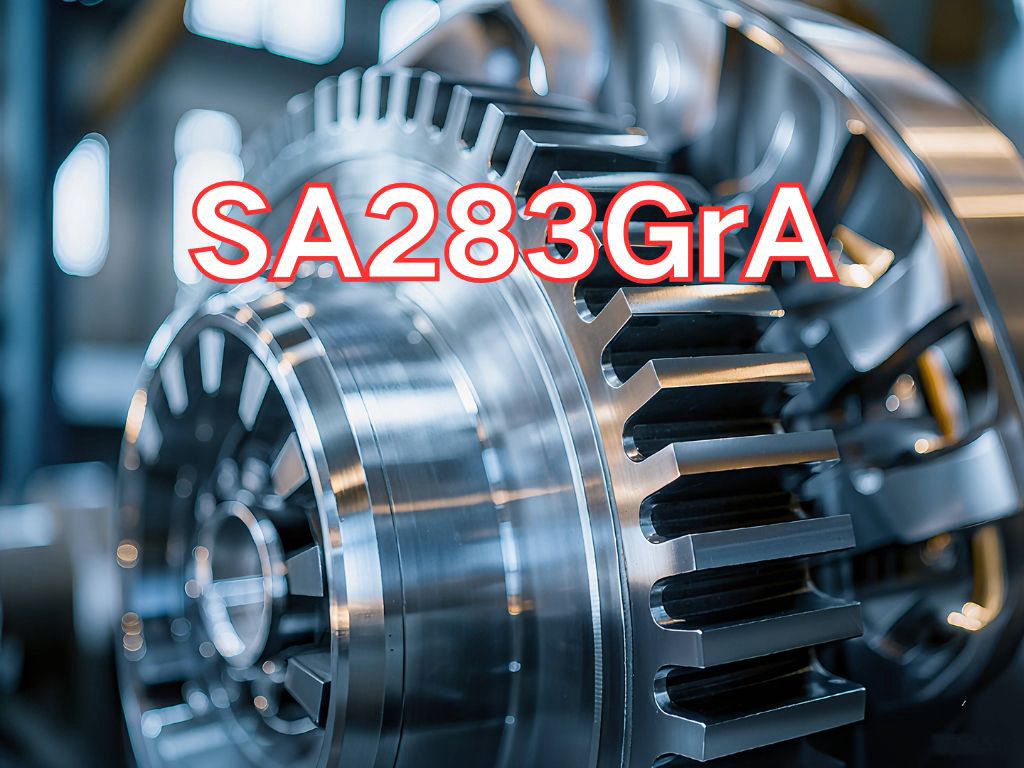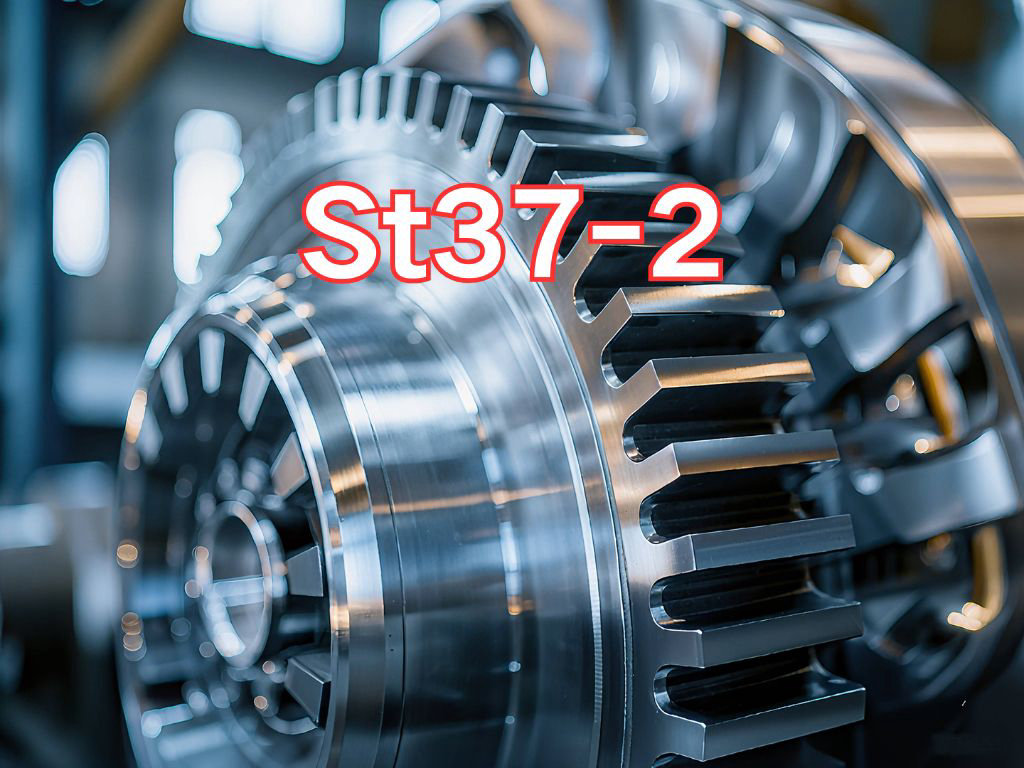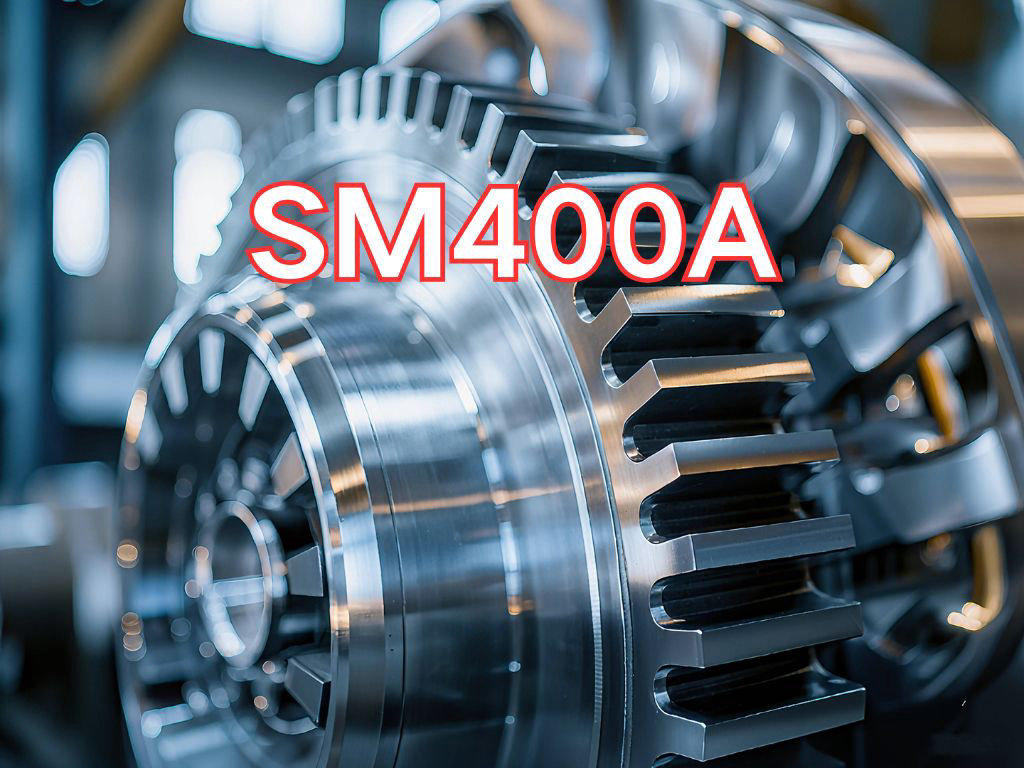

SM400A
SM400A is a hot-rolled steel plate for general structural applications, with its designation conforming to the Japanese Industrial Standard JIS G 3106:2012 "Rolled Steels for Welded Structure". This standard is specifically developed for structural steels requiring good weldability and is an important specification widely used in Japan and parts of Asia for construction, bridges, and mechanical manufacturing. Compared to the general structural steel standard JIS G 3101 (e.g., SS400), JIS G 3106 places greater emphasis on welding performance and quality consistency, making it suitable for engineering structures with defined welding quality requirements.
The designation "SM400A" has a clear meaning:
"SM" stands for "Steel for Machine structure", but in the context of this standard, a more accurate interpretation is "Steel for welded Structures with Mechanical properties", highlighting its use in welded structures with specified mechanical properties.
"400" indicates the specified minimum tensile strength of 400 MPa. Similar to JIS G 3101, JIS G 3106 uses tensile strength as the primary classification criterion. Although the standard does not directly specify a minimum yield strength, industry practice and production requirements typically ensure a yield strength of no less than 245 MPa, placing it at a strength level comparable to Q235 or SS400.
"A" represents the quality grade. In JIS G 3106, Grade "A" means that impact toughness is not guaranteed; therefore, Charpy V-notch impact testing is not required. This indicates that SM400A is suitable for ambient temperature environments and structures primarily subjected to static loads, and is not recommended for low-temperature or dynamically loaded applications.
The primary application of SM400A steel plate is in the fabrication of general welded structural components requiring good weldability, especially for engineering projects where weld joint quality is important but low-temperature toughness is not a special requirement. Typical applications include:
Construction and Steel Structures: Non-critical load-bearing components in factories, warehouses, etc., such as bracing, connection plates, and secondary beams.
Mechanical Manufacturing: Frames, bases, enclosures, and conveyor frames where welding quality is a consideration.
Transportation: Ordinary truck bodies and agricultural machinery frames.
Industrial Equipment: Storage tanks, pipe supports, platforms, stairs, and other auxiliary installations.
Its main characteristics include:
Good Weldability: As a low-carbon steel, SM400A has a low carbon equivalent, excellent weldability, and low susceptibility to welding cracks, making it compatible with various welding processes.
Moderate Strength: A minimum tensile strength of 400 MPa provides sufficient load-bearing capacity for most general welded structural designs.
Good Workability: Easy to cut, bend, and form using both cold and hot working methods, facilitating construction and fabrication.
High Cost-Effectiveness: With mature production processes and an economical price, it is a cost-efficient choice for general welded structures.
No Guaranteed Impact Toughness: This is its main limitation, restricting its use in cold regions or high-safety-demand structures.
Therefore, SM400A is a general-purpose, medium-strength steel specifically designed for welded structures, suitable for typical welding applications under ambient temperature conditions.

Ultrasonic Testing (UT)
A key non-destructive testing technique that uses high-frequency sound waves to detect internal flaws in steel plates. The probe emits sound waves, which reflect when encountering defects such as cracks or inclusions. The receiver captures the echoes, enabling precise determination of defect location and size. With high sensitivity, strong penetration, and fast inspection speed, UT effectively ensures internal quality, widely used in the production of heavy plates, pressure vessel plates, and other high-end products to guarantee safety and reliability.

Magnetic Particle Testing (MT)
A common surface inspection method that magnetizes the workpiece, causing leakage magnetic fields at surface or near-surface defects like cracks or inclusions, which attract magnetic particles to form visible indications. Simple to operate and highly sensitive, MT is suitable for rapid inspection of surface and near-surface flaws in ferromagnetic materials, widely used for online or offline inspection of plate edges, ends, and welds, ensuring product quality and safety.

Penetrant Testing (PT)
A non-destructive method for detecting surface-breaking flaws. A penetrant liquid is applied to the cleaned steel surface, allowing it to seep into defects such as cracks or pores. After removing excess penetrant, a developer is applied, causing the trapped penetrant to bleed out and form visible indications. Simple and cost-effective, PT is suitable for inspecting surface defects in various non-porous materials, commonly used for welds, castings, and complex components, effectively ensuring surface quality of steel plates.

